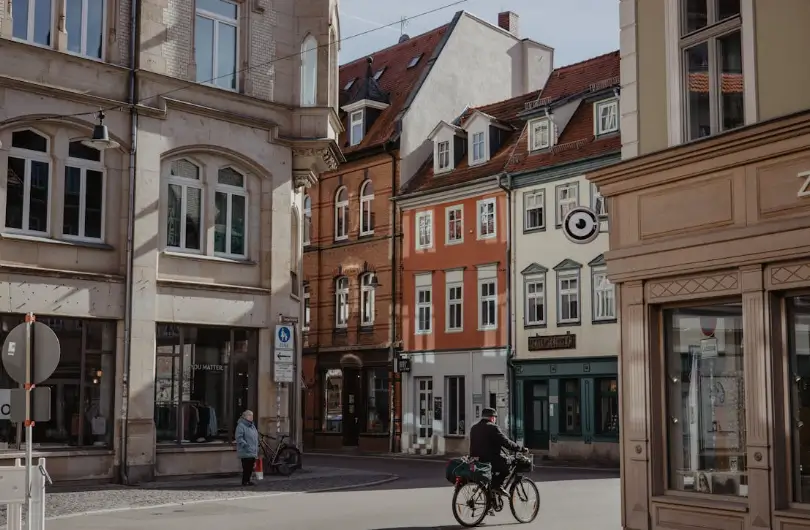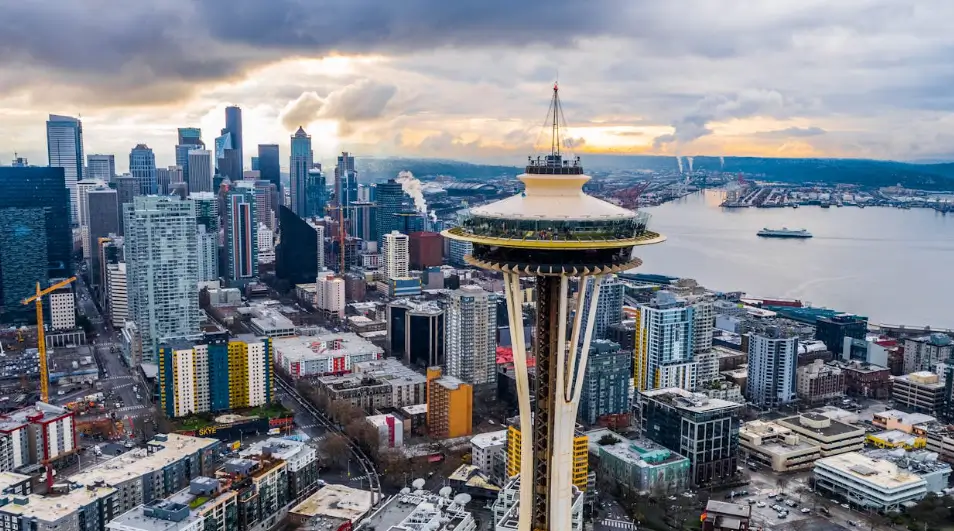Top 10 Planning Tools Every Young Planner Should Know
There are planning tools every young planner should know how to use. Actually, even seasoned planners should have these in their skill set. Planning today isn’t what it was 50, 30, or even 10 years ago. Technology has evolved, our understanding of the built environment has deepened, and our processes have shifted. With all this change, the tools we rely on to analyze and shape our world have changed too and we need to keep up.
So if you’re not familiar with the tools in this post, grab a seat, take notes, and get ready to make a list of what you need to learn…Wait, you’re still using paper? Don’t worry, there’s a tool for that too.
1. GIS Software (ArcGIS, QGIS) – For Mapping and Spatial Analysis
If location matters (and in planning, it always does) GIS software is your best friend. ArcGIS is the industry standard, but QGIS is a powerful, free alternative. Use these to map data, analyze spatial patterns, and visualize everything from zoning boundaries to transit routes.
2. SketchUp – 3D Modeling for Planners
A simple 3D modeling tool that lets you bring concepts to life. Want to create a quick massing model of a proposed development or illustrate how a streetscape might look? SketchUp is great for that.
3. AutoCAD – Technical Drawing and Site Planning
The go-to for detailed site plans and technical drawings. Even if you’re not the one doing the drafting, knowing AutoCAD basics helps you understand and review plans effectively.
4. Microsoft Excel – Data Analysis and Budgeting
Never underestimate the power of a good spreadsheet. It will help you with data analysis, budget tracking, and so much more. Excel is a universal planner’s tool so get comfortable with pivot tables and formulas, they’ll save you hours.
5. Adobe Creative Suite – Visual Communication and Storytelling
Planning isn’t just about data; it’s about storytelling. Use these tools to design compelling reports, maps, flyers, and presentations that make your ideas stand out.
6. Community Engagement Tools (MetroQuest, Bang the Table)
Engaging the public is key. These platforms help you gather feedback, run surveys, and host virtual meetings in ways that are user-friendly and inclusive.
7. Trello or Asana – Project Management for Planners
Planning projects can be complex and involve lots of moving parts. Tools like Trello and Asana help you keep tasks organized, track deadlines, and collaborate with your team.
8. Google Earth / Google Maps – Site Analysis and Context
Quick site reconnaissance and spatial context are easier with these free tools. Use them for preliminary site analysis or to help stakeholders visualize locations.
9. CityEngine – Advanced Urban Modeling
For planners interested in urban design and 3D city modeling, City Engine offers powerful capabilities to create detailed, rule-based urban environments.
10. Story Maps (Esri) – Sharing Planning Proposals Visually
Combine maps, text, images, and multimedia into interactive stories. Story Maps are perfect for sharing planning proposals and complex data with both professionals and the public.
Bonus Tip: Keep Learning and Experimenting
The planning field is always evolving, and new tools keep popping up. Stay curious, try out new software, and build your digital skills. Your future self will thank you.
Want more breakdowns of the tools planners use every day? Subscribe for future tips and ZOP-style insights on how planning really works.
%20(1200%20x%20237%20px)%20(300%20x%2059%20px).webp)





